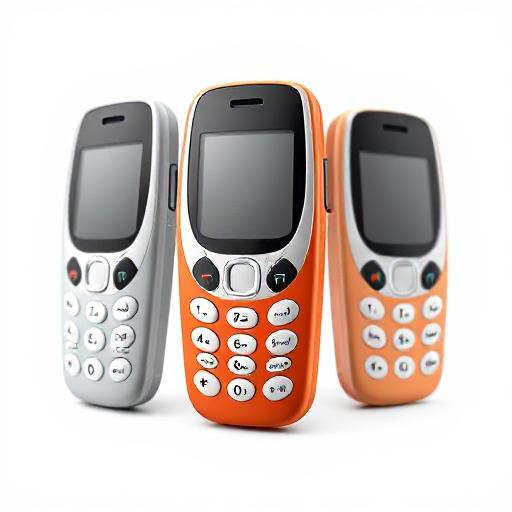📱 Can Old Phones Really Stay Off the Grid? Let’s Investigate
Before the era of facial recognition and GPS in your pocket, there was the humble Nokia 3310. No internet, no apps, no biometrics — just calls, texts, and Snake. Some people believe these older “dumb phones” were truly untraceable. But were they?
Let’s dive into the truth behind old phones, how trackable they really were, and why they’re gaining popularity again.
🛰️ Every Phone Talks to a Tower
No matter how old, every mobile phone using a SIM card connects to a cell tower. Even that dusty flip phone from 2003 can still ping a nearby tower when powered on. Law enforcement or telecom providers can use this data to approximate your location, especially when multiple towers are involved.
So no — old phones aren’t invisible. They just broadcast less data compared to smartphones.
🧠 Less Smart = Less Noisy
That said, non-smartphones don’t send location data to apps or third-party services. There’s no GPS chip tracking your steps, no weather app checking your location, and no Bluetooth constantly hunting for devices.
In other words, they're not "invisible", but they're quieter.
That’s why people looking for privacy — from journalists to digital detoxers — sometimes go back to these simpler devices.
🔋 The Comeback of Dumb Phones
Feature phones are having a small cultural comeback. Whether it’s for nostalgia, focus, or privacy, people are realizing:
-
Less screen time = more real time
-
Fewer distractions
-
Less data collection
-
Long battery life (days, not hours!)
Brands like Light Phone and Punkt are even making modern dumb phones: minimal features, sleek design, and zero apps.
🧪 Can You Be Totally Untraceable?
Short answer: Not if your phone has a SIM card and connects to a network.
Even in the 1990s, network triangulation was used to find users. If you really want to stay off the grid, the phone must be off — or better yet, left at home.
So next time someone says “just use a flip phone, no one can track you” — smile, and maybe share this article.
